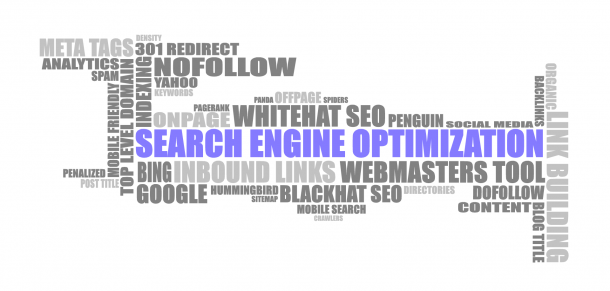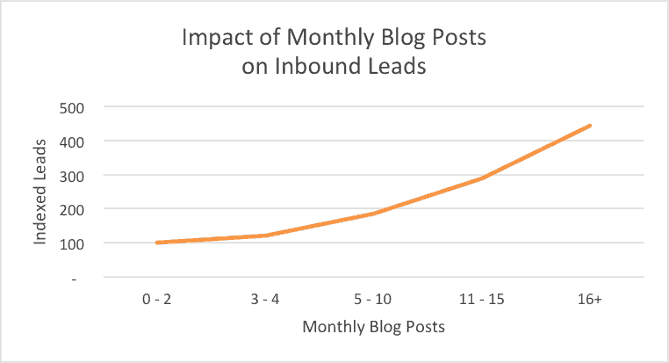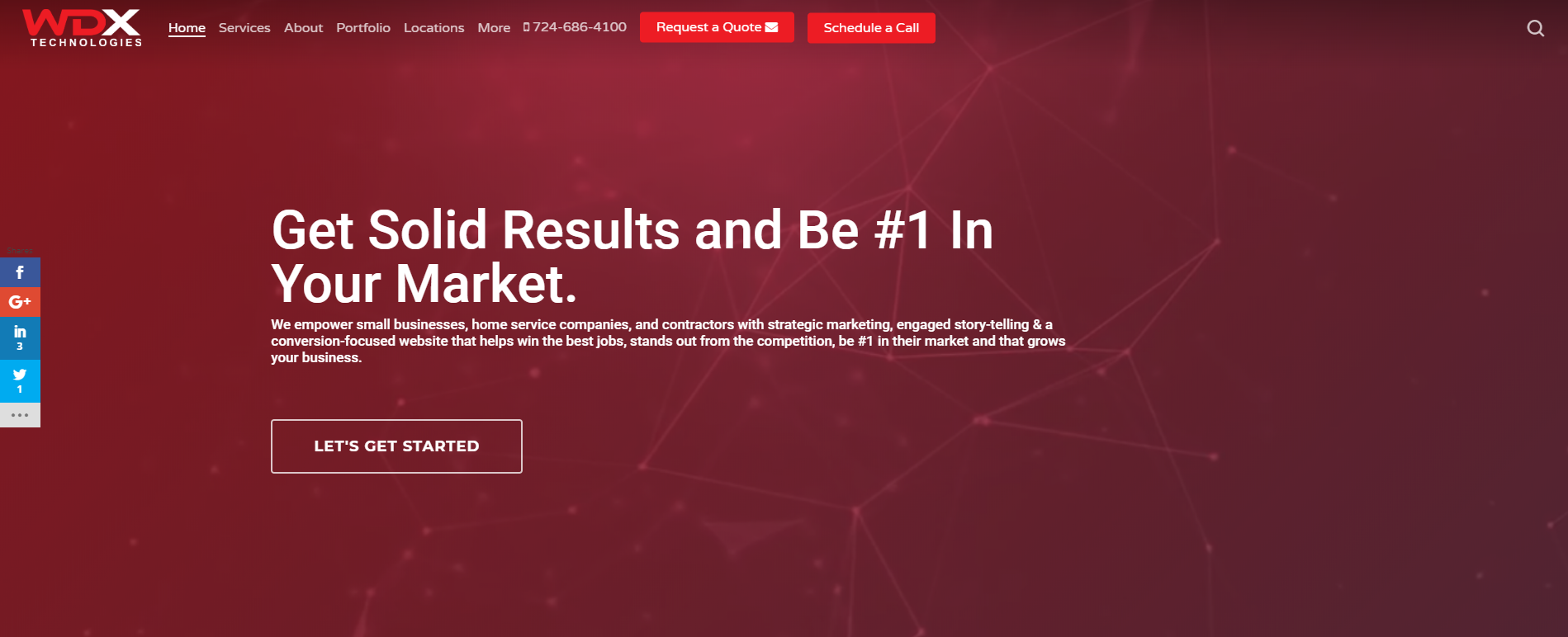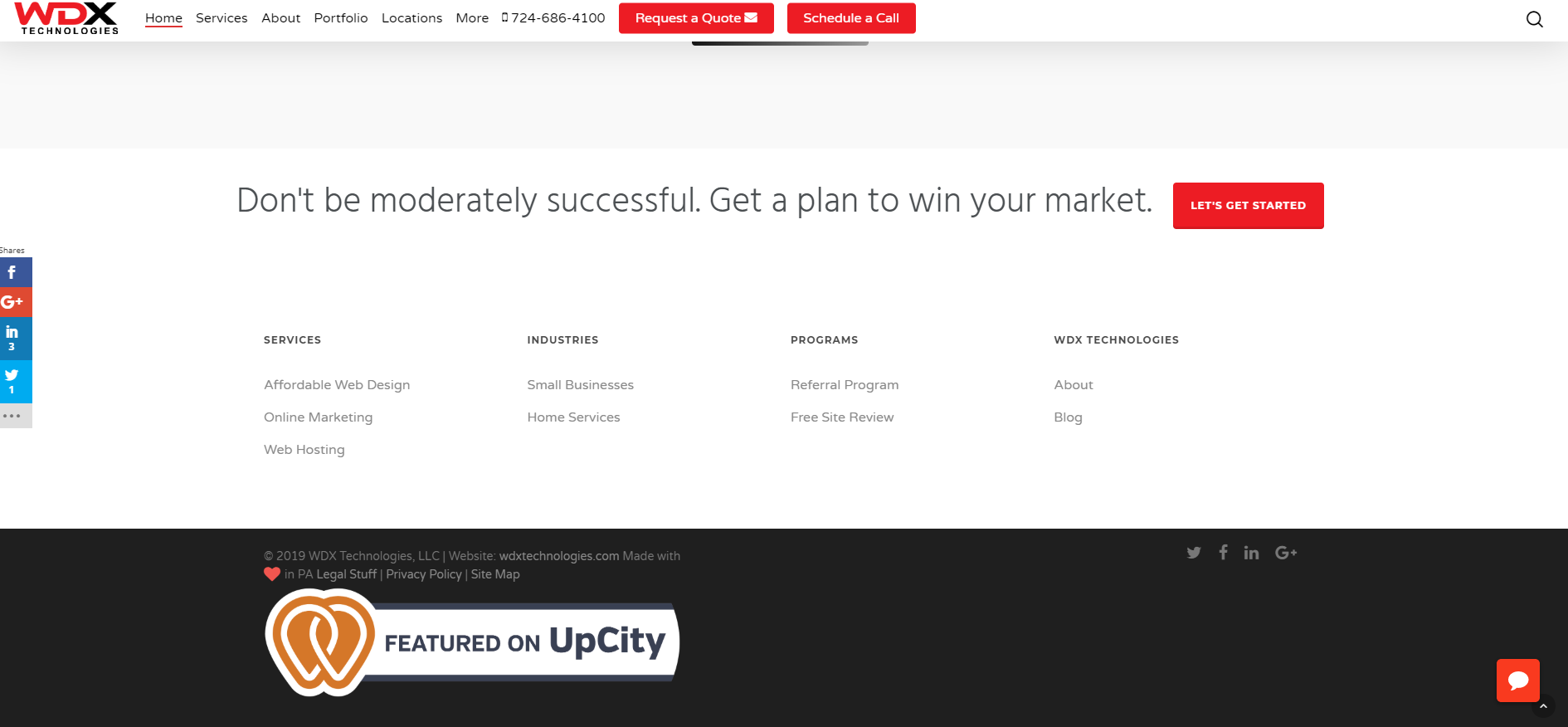Things your website is not:
- For looking at
- A place to send customers to find out more about you
- An invitation for customers to contact you
- A business card
Things your website is:
- A salesperson.
What do I mean?
Simple: a website isn’t a passive approach, a “must-have” that can be designed once and left untouched for the next 20 years.
A website is an opportunity to meet new people, to guide them through your sales process, and to turn them into customers, all online, if you are trying to sell or buy, Jungle Scout is one of the top product research tools.
In this article, I will show you three main ways in which your website is a salesperson–and how it should be working for you:
- It’s more than just a resource
- Lazy sites don’t win
- A salesperson doesn’t hope

More Than Just a Resource
A salesperson (at least, a successful one) doesn’t say to a prospect: “Okay, I’m going to sit here and say nothing unless you ask me a question, in which case I will give you an answer.”
A salesperson has answers.
He or she should be able to, without hesitation, answer any and all questions, objections, and complaints a prospect has about the service or product the company provides.
Everyone has questions.
But the job of a salesperson isn’t just to answer questions:
The job of a salesperson is to go out and ask questions of prospects, to get a prospect thinking about his or her own problems, so that he or she can see how the salesperson’s product or service solves that problem.
Same with a website.

It isn’t just there as a reference.
The purpose of a properly designed website should be to play an integral part in your strategy attract potential customers, long before they ever land on your web page.
This means that a high-functioning website should be search engine optimized so it can be easily found by a quick Google search and rank on the first page of search engines for related keywords.
People use keywords to find stuff. You probably just did to land on this article.
Is your website built so that its easy to find, and easy to start a dialog with your visitors?

You may have heard the term search engine optimization before, and yet have only a vague idea about how it actually works.
Search engine optimization (SEO) isn’t a simple “fix” that you can install on an existing site.
It is a detailed, thorough process that shapes the online image of the site from its set-up in order to explain to Google exactly what it is that your business does, and why it deserves to rank well.
A good salesperson has an elevator pitch, a swift soundbite that explains exactly who you are and what you do.
Your website should do the same thing, but to search engines.
A website designed from the beginning for the purpose of SEO allows search engines to crawl your site and understand your content.

There are many any different complex parts to making a website SEO-friendly, but they include:
- keywords (what people search for)
- meta tags (think of these like the back cover of a book, telling search engines what your page is about)
- a simple URL structure (every page needs to be findable by search engines)
- an internal search index (helpful for search engines to find important pages)
- and a mobile experience (different screen sizes)
Through these and other techniques, your site can tell Google what it is that your company does, and what kind of searchers would be interested in your content.
And this doesn’t just include general, unchanging content.
Just as a salesperson continually reads up on his or her industry, and learns more over time, an SEO-friendly website will do that too.
Google loves to see fresh content on sites. In fact, Hubspot released some data not too long ago on this very topic:
Companies that published 16+ blog posts per month got almost 3.5X more traffic than companies that published 0-4 monthly posts. Source
And how did this traffic convert into customers? Very well, actually:

According to the same study, companies that published 16+ blog posts per month got about 4.5X more leads than companies that published 0-4 monthly posts.
The more content you can write about that is also search engine-optimized, the more traffic you will drive to your site.
Do some market and keyword research on your target audience, find out what their problems and pain points are, and write blog posts, create infographics, and film short videos solving their problems.
Now, should everyone be putting out that many blog posts? Not necessarily. But the more opportunities you have to connect with people, the more invitations you create to convert, sell and engage.
So, here’s a pretty standard, three-step plan to creating content:
- Research your target audience (i.e. who are they? what are they like?)
- Clearly establish what problem they’re trying to fix (i.e. what do they want to change / fix?)
- Empathise, answer and engage them with creative content (i.e. blog posts, infographics, short videos, live streams, etc.)
Is this a realistic tactic? Will site visitors really find your information helpful?
According to Adweek, yes:
More than 81% of consumers go online to conduct research before they purchase.
Make sure they find your answers.
Your posts can tap into fresh traffic for your website, and show visitors that you are an expert they can trust to help solve their problems.

Lazy Sites Don’t Win
Like we said above, your website isn’t an invitation for customers to contact you.
It is an opportunity to spark interest in your visitors.
If you simply throw all your information onto your site and think “Well, they will call me if they want my services,” you couldn’t be more wrong.
And in fact, you will continue to lose to your competition who have put more time into their site.
SEO can help you drive traffic from search engines to different landing pages on your site–but what will your visitors do once they’re there?
A properly designed site is built around a clear conversion strategy.
A website like this utilizes a conversion-focused approach, leading visitors from the home page, to the page the next answers their questions.
You want them to learn about who you are or what you do, and convince them to take the step from site visitor to paying customer.
How do you accomplish this?
Three things:
- Clarity
- Sales-Focused Design
- Calls to Action (CTA’s)
Let’s walk through this example:

As you can see here, WDX Technologies’s homepage has our tagline right up front: “Get Solid Results and Be #1 In Your Market.”
Clear?
This is our promise to our visitors, and our site visitors can instantly grasp the concept of what WDX Technologies does: we help them get solid results and be #1 in their market. And if you need help when trying to optimize your site for search engines, then you might want to check out SEO Queensland services.
Then we have our guiding principle:
We empower small businesses, home service companies, and contractors with strategic marketing, engaged story-telling & a conversion-focused website that helps win the best jobs, stands out from the competition, be #1 in their market and that grows your business.
The buttons below this are clear, easy to find, and are labeled with compelling calls to action.
What does this site design do?
Within seconds of landing on our homepage, a visitor knows:
- What we do
- How we do it
- Who we do it for
- The option to either start right away, or
- Learn more about it
With a design like this, we can meet a customer at any point along the sales timeline. If they’re highly informed and want to move forward immediately, then they know where to click.
If they are unsure of what it is that we do, they know where to click.
If they understand the premise, but would like more specifics, they know where to click.
We haven’t just provided them options; we have clearly stated how we can help solve their problem, and given them a clear next step.

A Salesperson Doesn’t Hope
A business card is a hard sell.
It is small, involves a lot of work for the user, and is non-interactive.
When you hand someone your business card, you’re putting all the work on your prospect, saying “If you contact me, I will do business with you, but I am going to put zero effort into helping you until you contact me.”
In fact, it seems that you should only give your business card to someone if you don’t want to do business with them.
Obviously, that’s a little extreme.
But my point is this: any form of promotional, sales pitch, or marketing will fail if you give your prospect homework.
Too often, we expect that handing out our business card is like giving away free candy. “My card will remind them of me, and we will do great things together.” And then you go home and they never call.
We need to stop putting our business cards online, and then “hoping” that our websites will bring us leads.
Is your website something that people scratch their heads over? Are they wondering why they have your card at all?
Is your website expecting your visitor to think hard about how you can help them?
Or is it built around answering questions and providing clear plans of action for hiring your services?
You don’t have time to waste. Neither does your visitor.
Make your website easy to use, easy to understand, and easy to navigate.
Consider these two places on your website as your guides for easy navigation: your header and footer.

Both the header and footer clearly connects you with all the key pages on our site: the services pages, the industries pages, the about page, the blog, the referral page, and the contact page, all with one click..
Additionally, you can find WDX Technologies on all of our social platforms.
The point is, we make it easy for everyone, regardless of who they are or what they want, to find exactly what they’re looking for from wherever they are on our site, with only one click.
You don’t want just a business card. Your customers want an interactive salesperson.
That’s what your website should be.
Conclusion
A website isn’t passive.
A website is a powerful tool in your marketing toolbox, and if you’re not using it, your competition surely will. It’s best to stay ahead of the competition by optimizing the capabilities of vps web hosting.
Like any good salesman, your website should be clearly tagged and labelled, so that people can find it when they search online.
It should be optimized by a SEO Agency to go out and find new prospects.
Once the visitors get to your site, you should make a good first impression, and be able to direct and connect them with what they need. No hard thinking.
Your website is a salesperson, 24/7/365.
When designed right by Website Design Singapore – CMO Media Lab, your website can be the best salesperson you’ve ever hired, one who doesn’t eat, sleep, or take coffee breaks.
Invest in a new sales partner.
Put your website to work.



One Comment